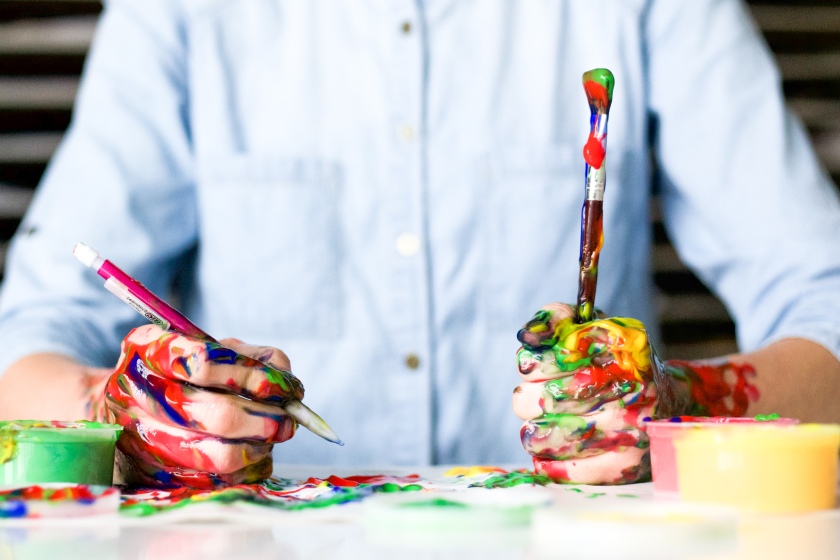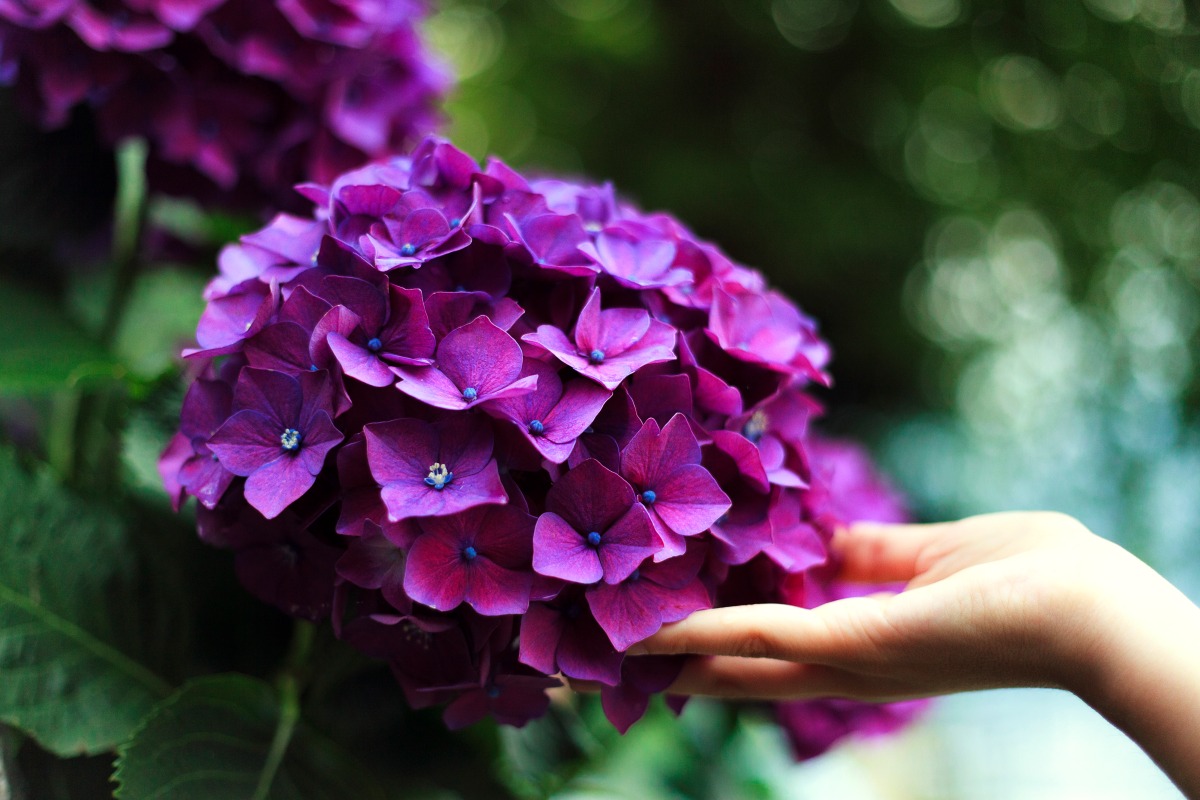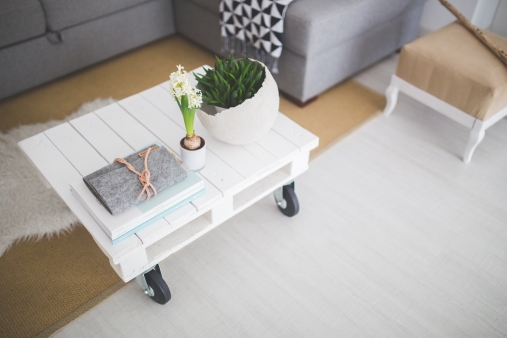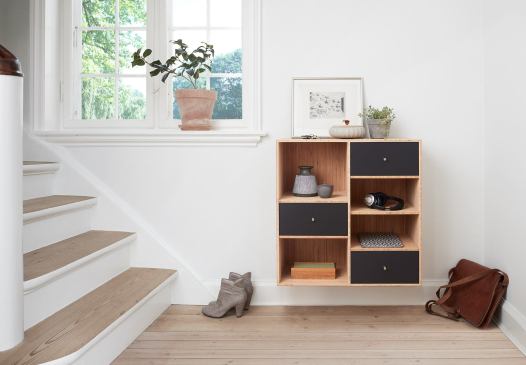 Are you constantly worrying or ruminating on negative worst-case scenarios? Sometimes we can have a hard time trying to challenge these fears with our internal monologue alone. We may have a hard time challenging our thoughts because we become so upset at the scenario. Instead, we ruminate on the situation.
Are you constantly worrying or ruminating on negative worst-case scenarios? Sometimes we can have a hard time trying to challenge these fears with our internal monologue alone. We may have a hard time challenging our thoughts because we become so upset at the scenario. Instead, we ruminate on the situation.
One way of dealing with these worries is to write a script of the worst possible outcome. For instance, if you are fearful that if you are not 100% connected to your carepartner throughout the day, something bad might happen, a worry script helps you to explore the most negative outcome as a way of processing the emotions and letting them go.
How to write a worry script:
- Find a private and comfortable space to write for half an hour.
- Begin writing out the absolute worst-case scenario of your worry.
- Write it as if you are experiencing the incident: How do you react? How do you feel? What do you see, smell, hear, touch?
- Ask yourself, is this as bad as it could get? If not, go deeper in the writing.
- Allow yourself to get emotional about the incident, it means that you are truly facing your fear on the page.
- Repeat this exercise daily until you are able to let the fear go.
What did you notice when you did this exercise? We’d love to hear about your experience in the comment section.
Lindsay

 Creativity is about experimentation, finding out what sparks our interest and then pursuing the path to see where it leads. It is about suspending judgement and playing with the senses. It is about enjoying the present moment at play.
Creativity is about experimentation, finding out what sparks our interest and then pursuing the path to see where it leads. It is about suspending judgement and playing with the senses. It is about enjoying the present moment at play.


 I recently did a workshop on
I recently did a workshop on 





